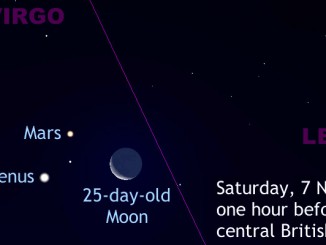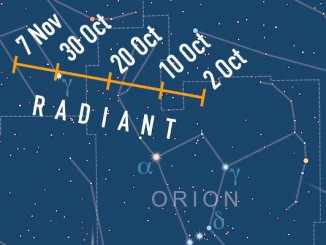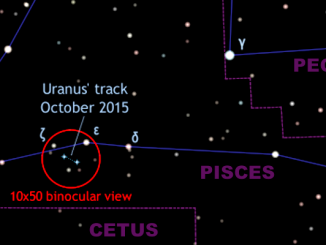
Enhanced Taurid meteor shower lights up November skies
The terrestrial fireworks of recent Bonfire Night(s) celebrations in the UK have masked a rather unusual display of natural illuminations, as we are in the midst of the Taurid meteor showers. However, this year’s display of celestial fireworks not only occurs near a new Moon for dark skies, but the double-peaked shower is currently showing signs of unusually high activity similar to the fireball-rich display of 2005.









